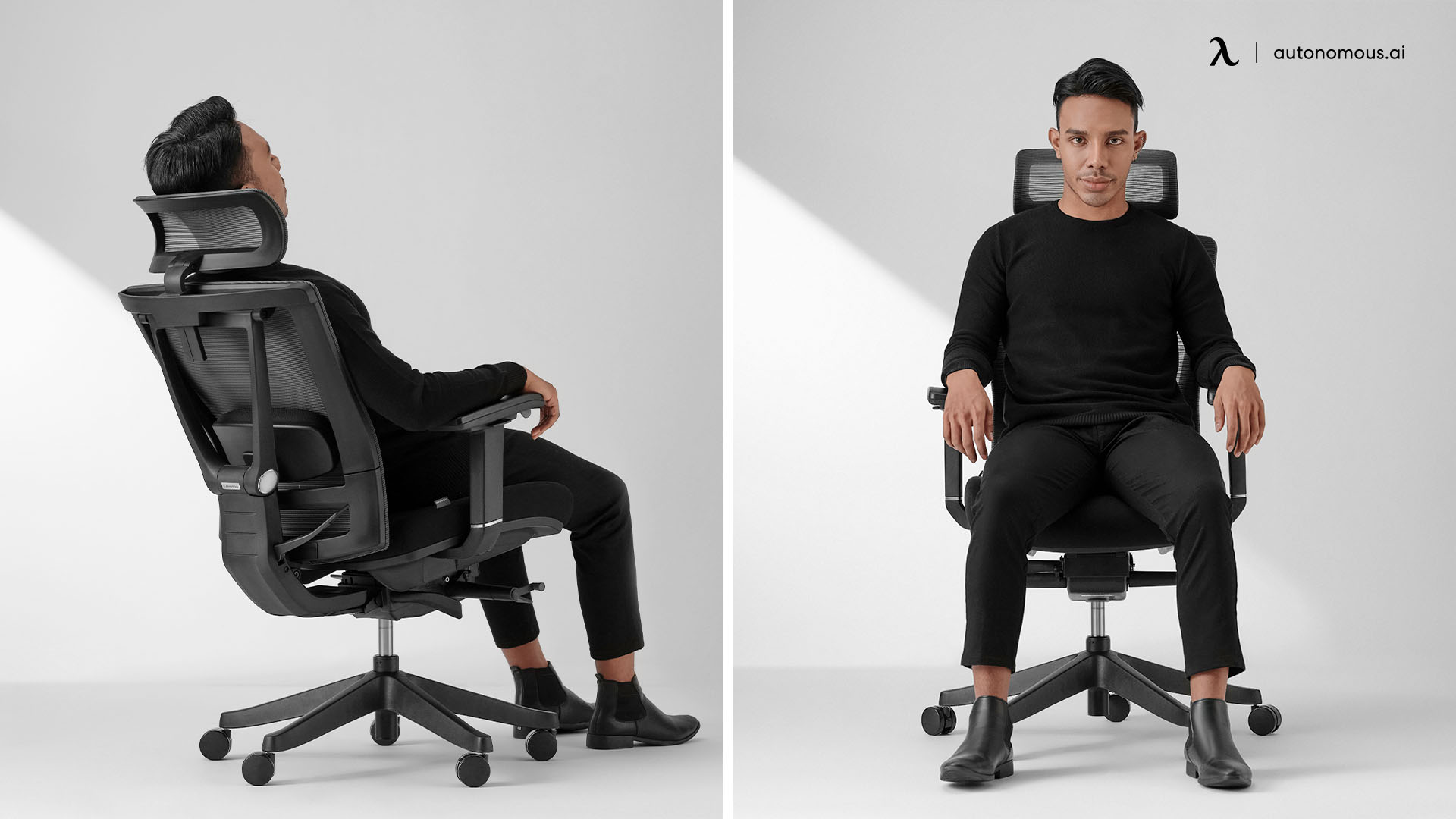Additional Considerations and Recommendations: Best Computer Chair For Sciatica

Choosing the right chair is only one part of managing sciatica while working at a computer. Ergonomic accessories and mindful work habits play a crucial role in preventing pain and discomfort. Proper posture and regular breaks are essential for maintaining spinal health and reducing the risk of flare-ups.
Best computer chair for sciatica – Optimizing your workspace goes beyond simply selecting an appropriate chair. The integration of supportive accessories and the adoption of proactive posture and break strategies can significantly improve comfort and reduce the likelihood of sciatica-related issues.
Ergonomic Accessory Recommendations, Best computer chair for sciatica
Several accessories can enhance the support provided by your computer chair, particularly for individuals with sciatica. Strategic use of these items can help maintain proper spinal alignment and reduce pressure on the lower back.
- Lumbar Support Pillows: These pillows provide targeted support to the lower back, filling the natural curve of the spine and preventing slouching. Look for pillows with adjustable straps to ensure a customized fit. The ideal firmness will vary depending on individual preference and body type; experimentation might be necessary to find the most comfortable option.
- Footrests: Footrests help maintain proper hip and knee angles, reducing strain on the lower back. They are particularly beneficial for individuals whose feet don’t comfortably reach the floor when seated. Choose a footrest that is adjustable in height and angle to accommodate different seating positions.
- Seat Cushions: Cushions can add extra padding and support to the chair’s seat, distributing weight more evenly and reducing pressure points. Gel-filled or memory foam cushions are popular choices for their ability to conform to the body’s shape. Consider cushions with a slight incline to promote better posture.
Posture and Break Recommendations
Maintaining good posture and taking regular breaks are vital for preventing sciatica flare-ups. These simple yet effective strategies can significantly impact your overall comfort and well-being while working at a computer.
- Sit upright: Maintain a neutral spine, avoiding slouching or excessive arching. Your hips should be slightly higher than your knees.
- Adjust your chair: Ensure your chair supports your lower back and allows your feet to rest flat on the floor or on a footrest. Adjust the armrests to support your elbows and prevent shoulder strain.
- Take regular breaks: Get up and move around every 30-60 minutes to stretch your legs and back. Even short breaks can make a significant difference.
- Stretch regularly: Incorporate simple stretches throughout the day to relieve tension in your back and legs. Gentle stretches targeting the hamstrings, hips, and lower back are particularly beneficial.
- Maintain a healthy weight: Excess weight can put extra strain on your back. Maintaining a healthy weight through diet and exercise can help reduce the risk of sciatica.
